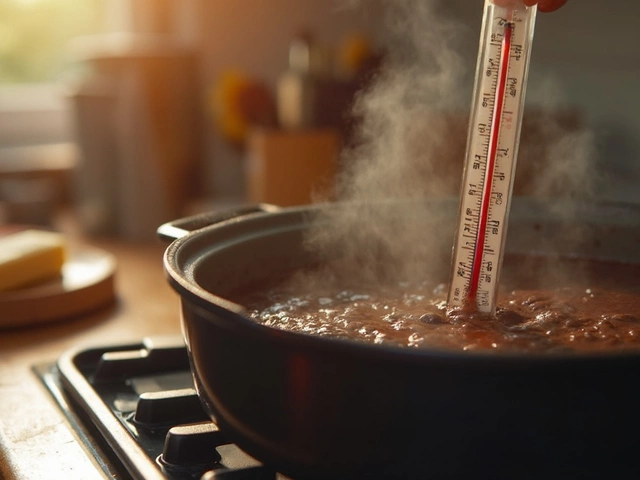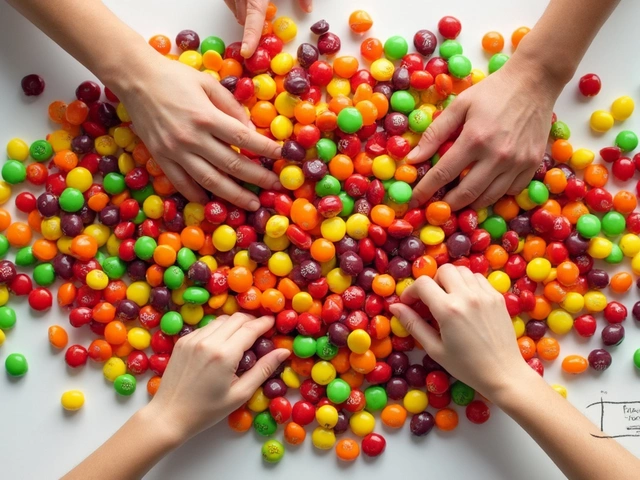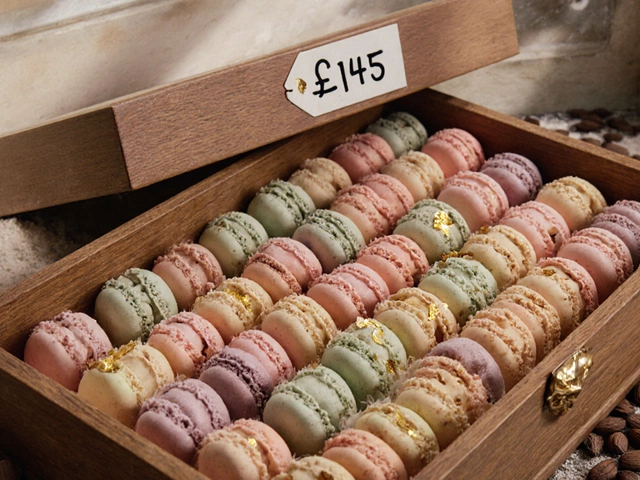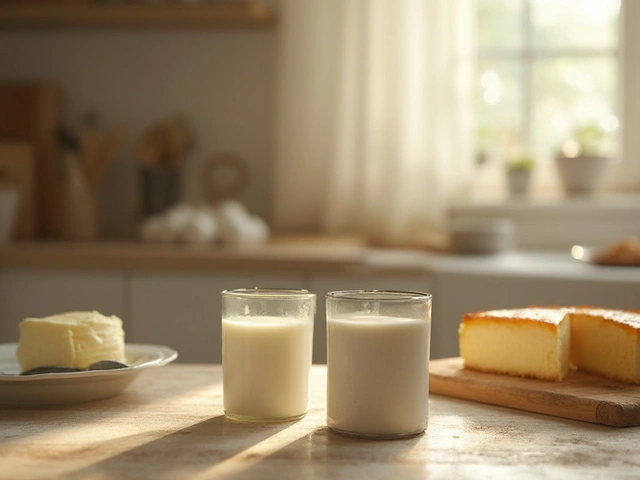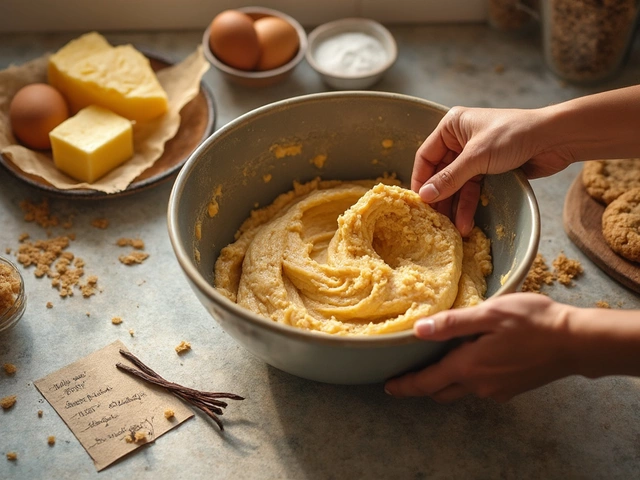Brownie History: From School Cafeterias to Fudgy Classics
Ever wonder why we call these chocolate squares "brownies"? The story starts in the early 1900s, when teachers and cooks were looking for a quick, sweet snack that could be baked in bulk. The first known brownie recipe appeared in the Boston Cooking School Magazine in 1906, and it was a hit with students who loved its dense, chocolatey bite.
Where the Name Came From
People often think "brownie" just describes the color, but there’s a bit more to it. Some say the name was borrowed from the Scouting "Brownies" – a younger group of Girl Scouts – because the treat was popular at their meetings. Others argue the name simply stuck because the cake was brown and bite‑size. Either way, the name stuck and spread like wildfire.
Key Moments That Shaped the Brownie
After the 1906 debut, the recipe traveled east to New York, where bakeries began adding nuts and chocolate chips. In the 1930s, the addition of a fudge‑like batter gave us the chewy, gooey brownies we love today. World War II saw brownies become a morale booster, packaged in tin for soldiers. Post‑war, boxed mixes made brownies an easy weekend treat for families.
One turning point was the rise of the "fudge brownie" in the 1970s. Home bakers discovered that cooking the batter to the soft‑ball stage (around 235–240°F) created a richer texture. This technique is explained in our Fudge Temperature Guide, which shows how hitting the right temp can turn a flat cake into a fudgy masterpiece.
Modern brownies come in many styles: cake‑like, chewy, walnut‑stuffed, or even vegan. The core idea – a simple mix of butter, sugar, eggs, chocolate, and flour – stays the same. Today you can find brownie mixes that cater to gluten‑free diets, low‑sugar versions, and even brownie bites that fit into a snack‑size portion.
If you’ve ever wondered whether your brownies have gone bad, our guide on How to Tell If Brownies Are Bad gives quick signs to look for. Proper storage – airtight containers at room temperature for up to a week – keeps them fresh and safe.
Brownies also made their way into pop culture. From TV shows to Instagram feeds, the square is a visual favorite. Its easy shape makes it perfect for frosting, drizzle, or toppings like caramel and sea salt.
So next time you bite into a brownie, think about the century‑old journey behind that sweet chew. Whether you’re making a classic recipe or experimenting with new flavors, you’re part of a long tradition that started over a hundred years ago in a Boston kitchen.
Ready to bake your own piece of history? Grab a pan, preheat the oven, and follow the simple steps in our Fudge Temperature Guide. You’ll see why brownies have stuck around – they’re quick, comforting, and endlessly adaptable. Happy baking!
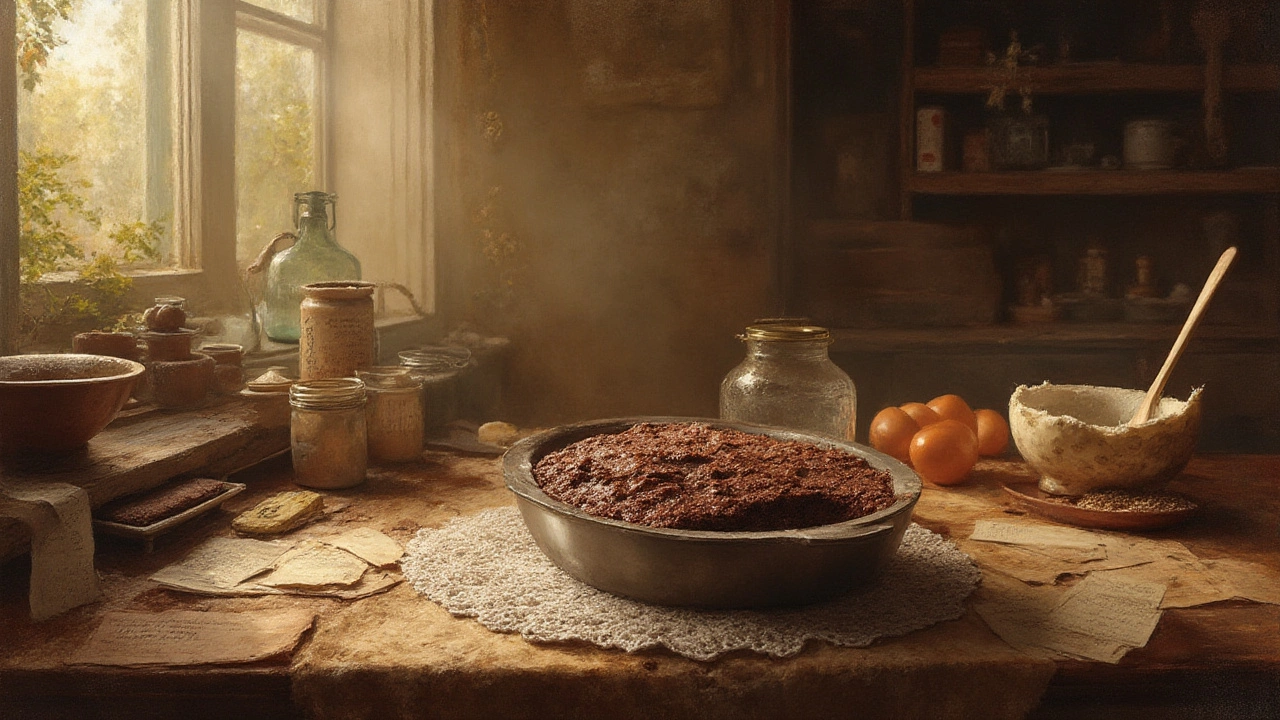
What Kind of Dessert Are Brownies? (Origin, Types, and Fun Facts)
A deep dive into brownies: their unique dessert status, rich history, varieties, and essential tips for baking or enjoying this chocolate favorite.
View More
